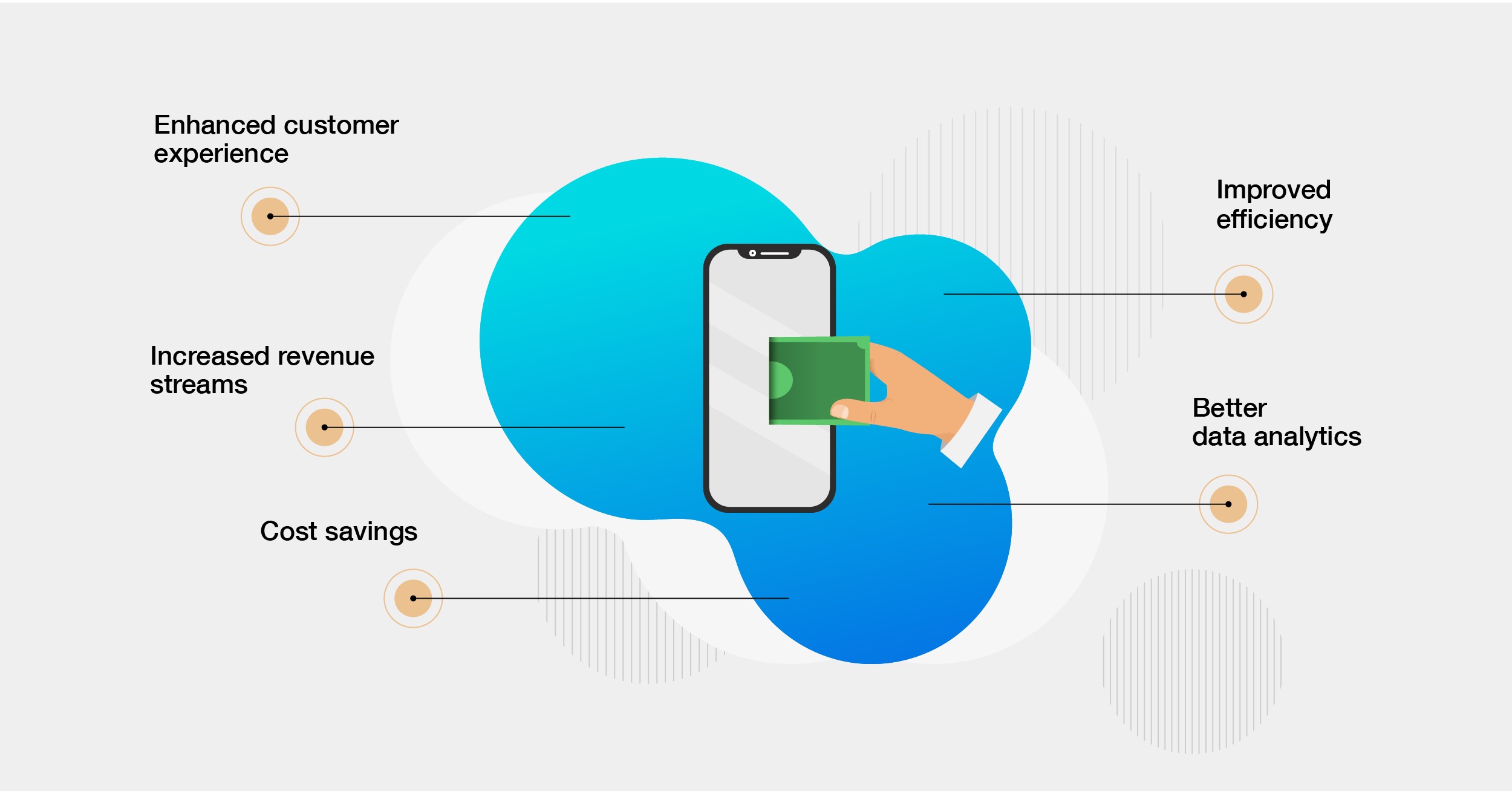For MNOs, the prepaid market provides a stable revenue stream and a means to reach a wider customer base. Beyond that, it also provides upselling and cross-selling opportunities for telcos, like value-added services, and retail promotions.
Even with economies like Sweden – which is predominantly cashless – there is still a significant market share of around 30% for prepaid mobile users. This indicates that there is potential for additional operators in developed economies. Conversely, developing economies like Africa rely heavily on prepaid services, with approximately 99% of subscribers using these services to access more affordable voice and data bundles. As per 2018 statistics, around 71% of global mobile connections were prepaid, contributing to service revenues of $265 billion.
Within these regions, the most traditional means of distribution for airtime recharge for the prepaid subscribers is scratch cards. Given the upward growth trend for prepaid mobile subscribers, MNOs across the board are grappling to come up with new and innovative mobile-oriented solutions to stay ahead of the game. It is imperative for them to develop proactive customer acquisition and retention strategies for their prepaid market to accelerate growth and strengthen customer relationships.
The Telecom Revenue-Growth Newsletter
Our coveted monthly newsletter compiles vetted insights on creating effective sales and distribution chains that fulfil telcos' revenue goals. That, and a lot more.
Here’s a list of what will be covered in this blog:
Prepaid markets as a minefield of opportunity for digital airtime recharge
Prepaid markets, mostly in developing economies, are large and largely untapped, presenting significant growth opportunities for telcos. With a growing population and increasing mobile penetration rates – expected to go up to 61% for Sub-Saharan Africa – these regions represent a lucrative market for MNOs. Correspondingly, not only are prepaid services more cost-effective but they are also more accessible to customers in economies with low financial inclusion. By focusing on these economies, MNOs can reach a larger customer base and generate revenue from customers who may not have access to or may not qualify for postpaid services.
While most European markets have reached a certain saturation point, regions like Africa have experienced rapid technology adoption in recent years, with a significant increase in smartphone ownership and internet connectivity – with 40% of adults in Sub-Saharan Africa now connected to mobile internet services. This, in turn, allows telecoms to offer value-added services and drive revenue growth in these markets.

Digital Airtime Recharge – a sustainable solution for MNOs
Digital airtime recharge platforms are sustainable solutions for MNOs that not only enhance customer experience but also reduce costs significantly. It is essentially an end-to-end solution that enables the service providers to offer any value recharge to subscribers at any time. The underlying purpose of this platform – which is capable of carrying out billions of transactions annually – is to provide unparalleled services to the telecom operators to manage all of supply chain and distribution needs digitally.
How does it work?
With digital airtime recharge solutions, telecoms can offer their customers a variety of payment options, such as mobile money, credit or debit cards, and online banking. This enhances the customer experience by offering a variety of payment channels that cater to the different preferences and needs of customers. Additionally, these solutions enable OpCos to offer value-added services such as promotions, discounts, and loyalty programs that further enhance the customer experience. Moreover, with a high degree of flexibility and scalability, they also enable operators to adapt to changes in the market quickly and efficiently. By using these platforms, telecom operators can streamline their operations, reduce opex, and increase their revenue streams.
Business benefits:
As compared to traditional means of mobile recharge like scratch cards, digital recharge solution is secure, highly cost-effective, and well-integrated to access channels to ensure readily available recharge to end subscribers. It also contains reporting mechanisms with versatile support for channels and channel management. Given the reluctance of some subscribers regarding the shift to an electronic channel, the digital recharge system also has the flexibility to mimic the behavior of scratch cards in a more efficient manner. It is capable of generating a digital voucher on demand that can be printed and redeemed at a later stage.

Benefits of Digital Airtime Recharge to telecom operators:
Increased revenue streams: MNOs can reach a wider customer base and provide more payment options, leading to increased revenue streams
Enhanced customer experience: Offers a quick and convenient way to customers to recharge their accounts, which enhances the overall customer experience and results in increased customer loyalty and retention.
Cost savings: Helps MNOs to reduce operational costs associated with traditional recharge methods, such as printing physical recharge cards.
Improved efficiency: With the automation of many processes associated with traditional recharge methods, such as inventory management and distribution, MNOs can improve efficiency substantially.
Better data analytics: Provides valuable data insights into customer behavior, usage patterns, and payment preferences. This data can help MNOs make more informed business decisions and convert these data-driven insights into actions.
Final Thoughts
In hyper-competitive markets, telcos are seeking new ways to cut down their costs while acquiring and retaining new subscribers. Digital airtime recharge solutions offer a quick, cost-effective, and a smooth way for MNOs to transfer digital value, resulting in an improved user experience and seamless integration across multiple channels. With a unified and multi-channel access to the platform, digital airtime recharge solutions provide ease of connectivity through which telcos can adapt to market changes quickly, streamline their operations, and increase their revenue streams.


